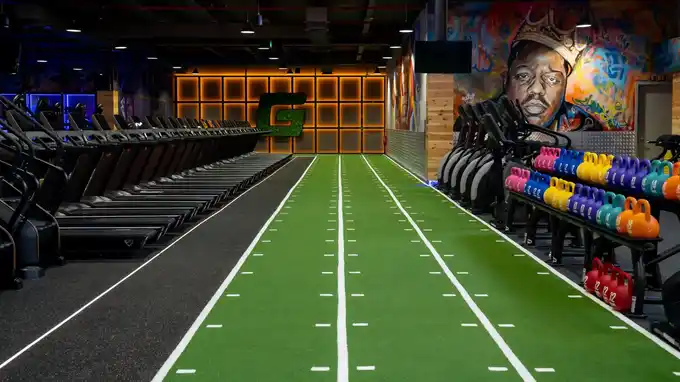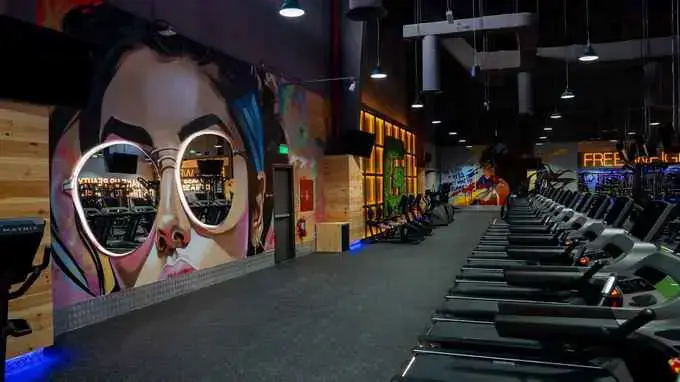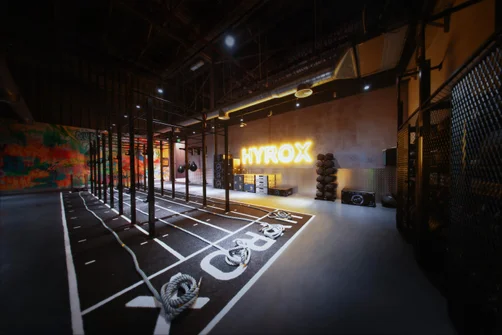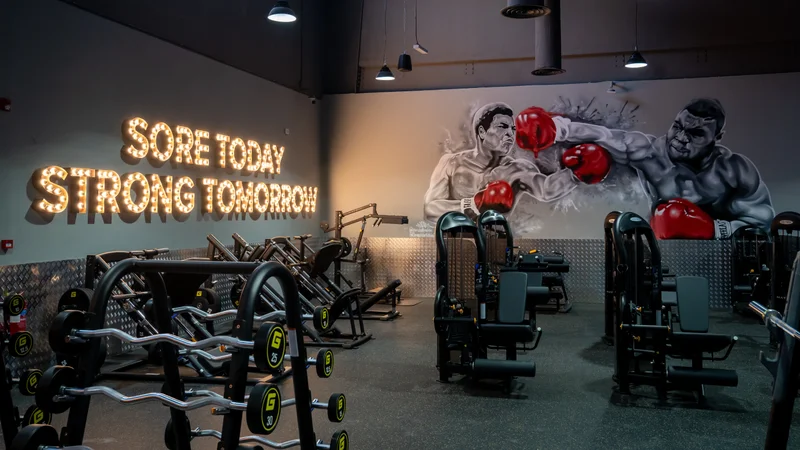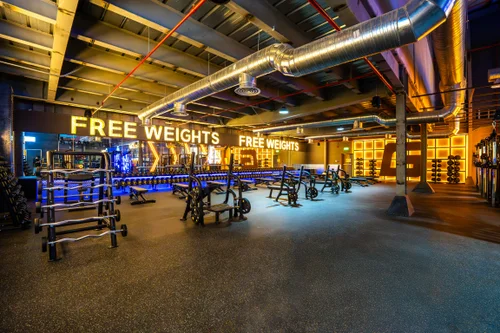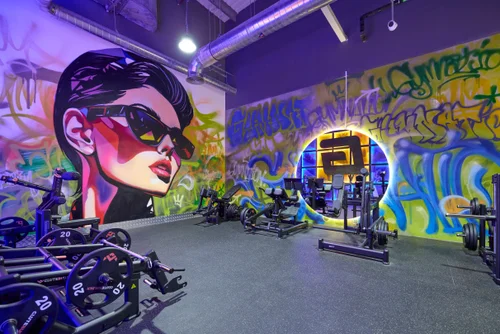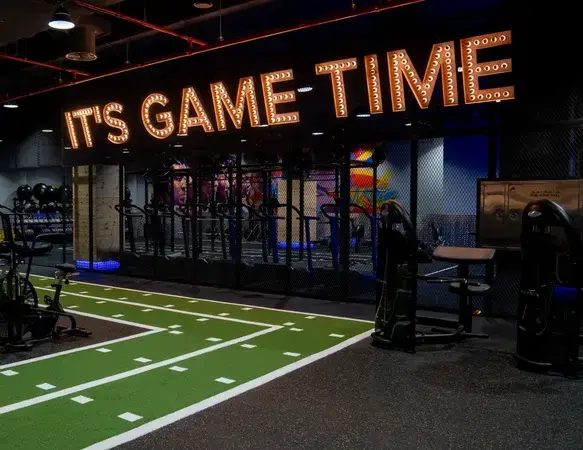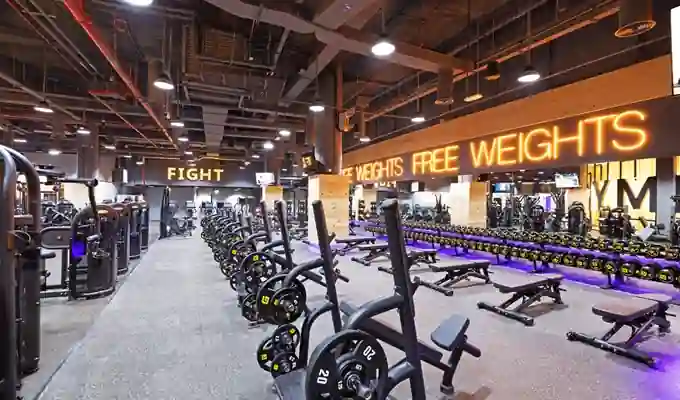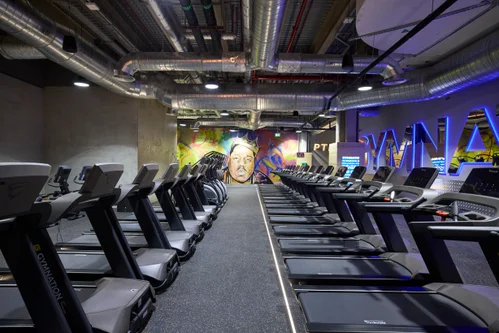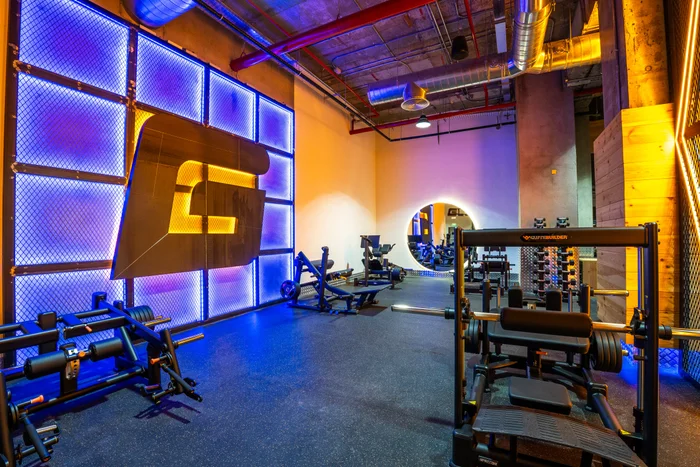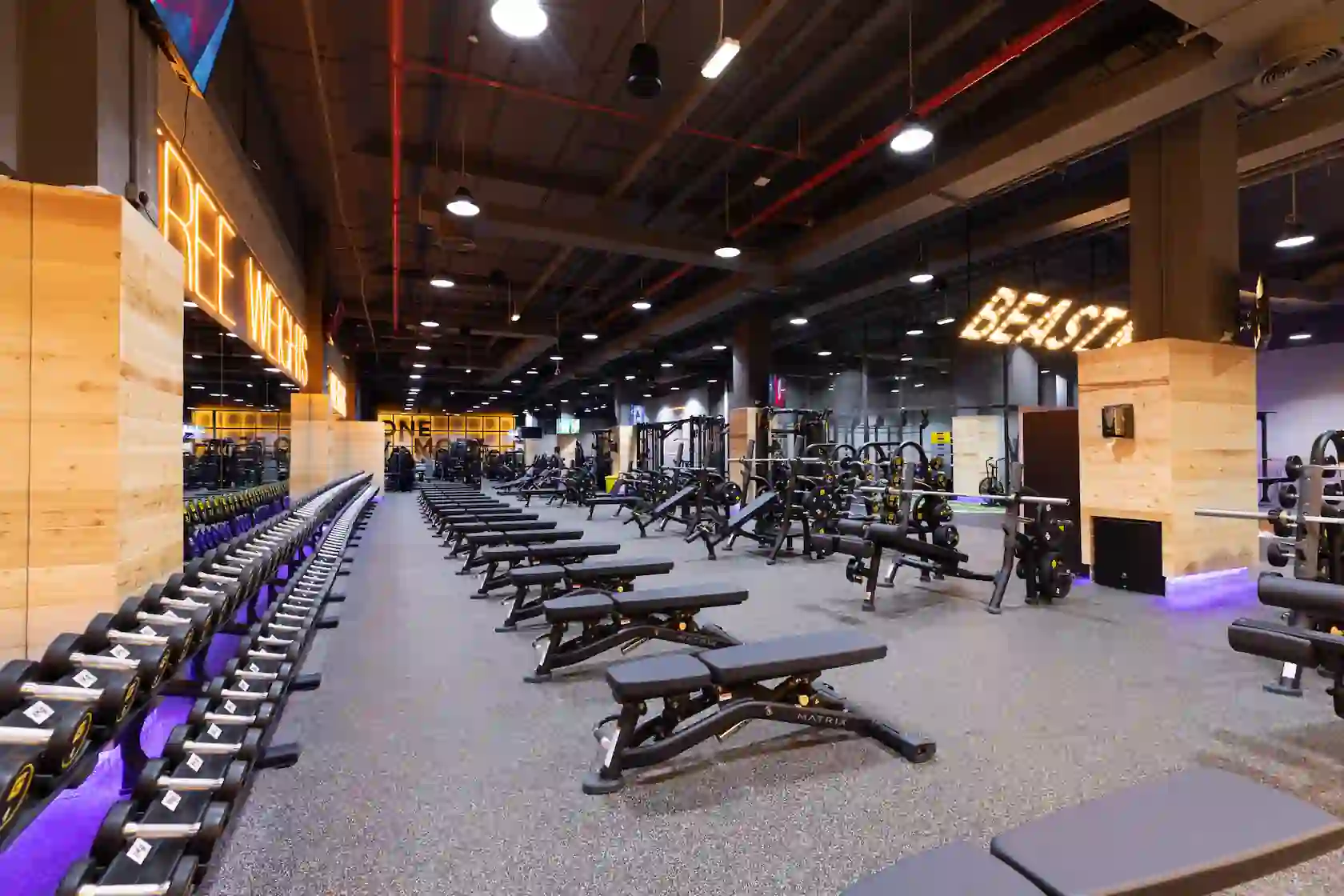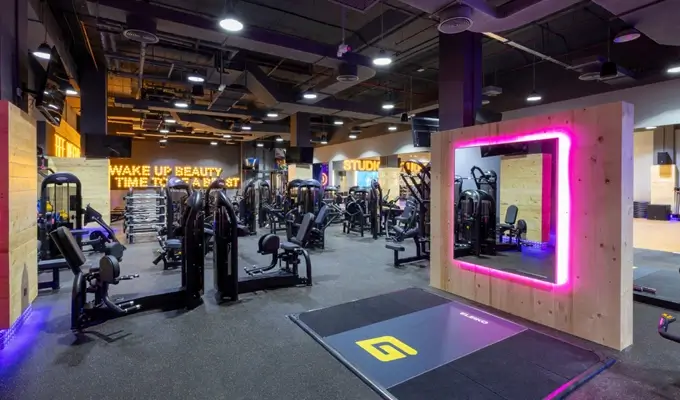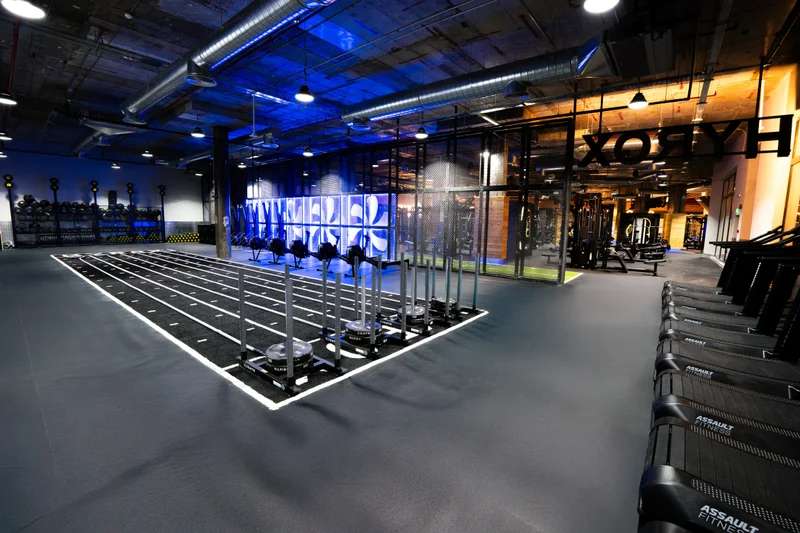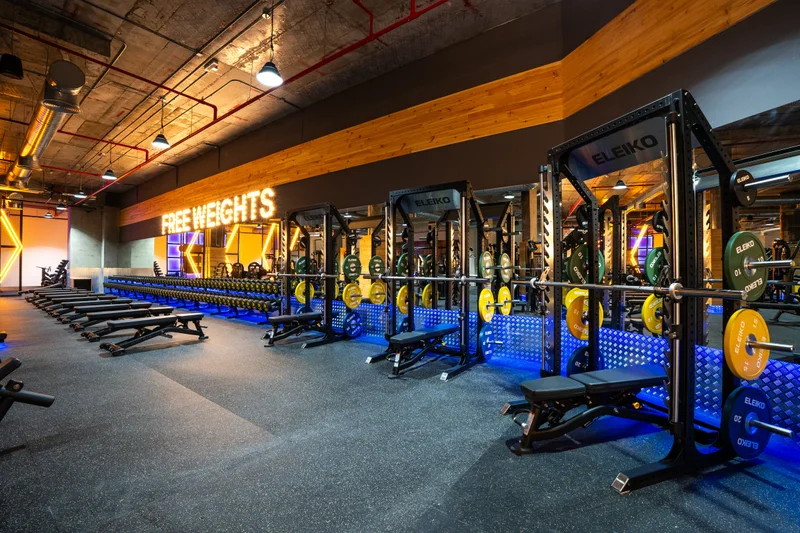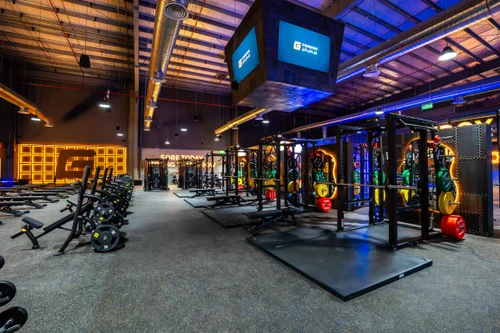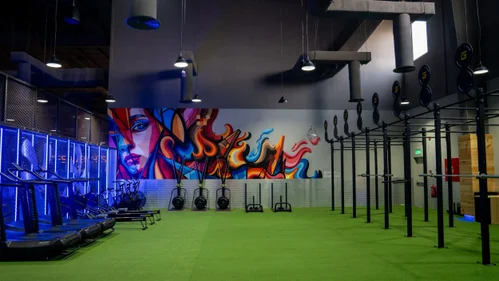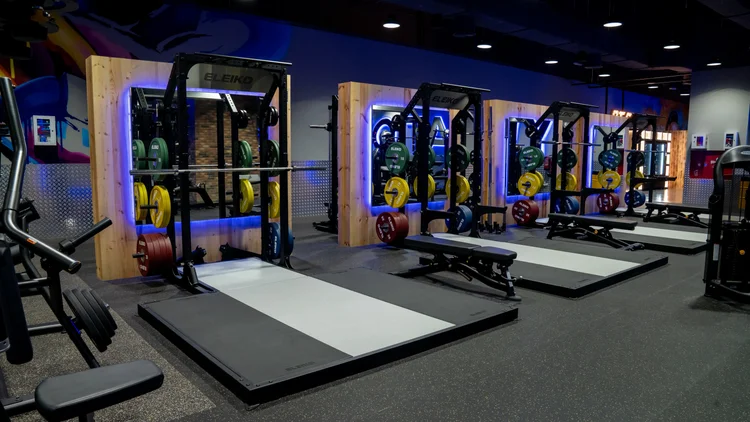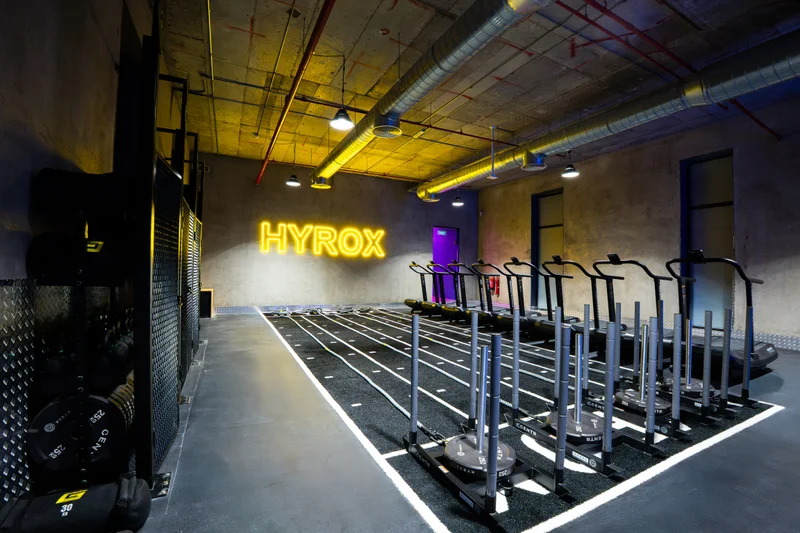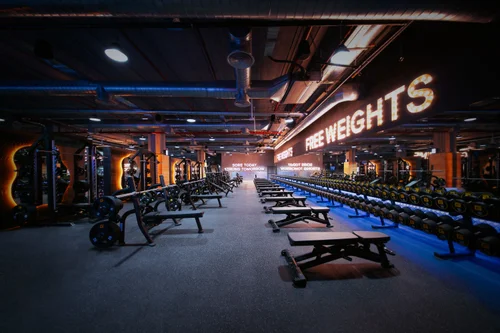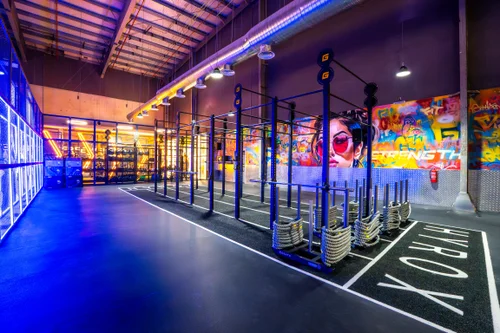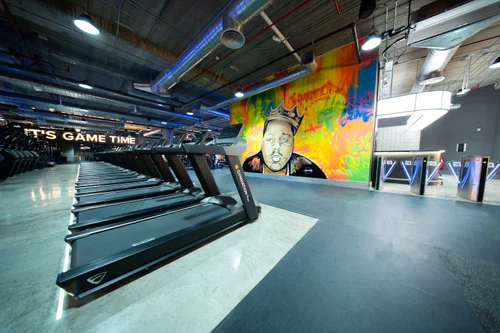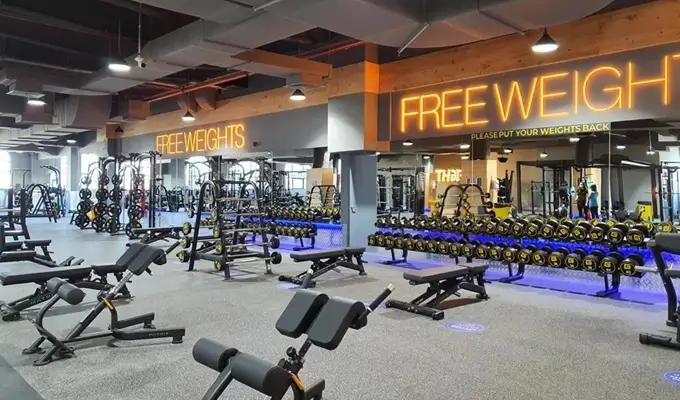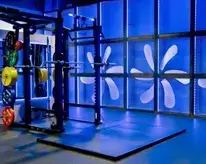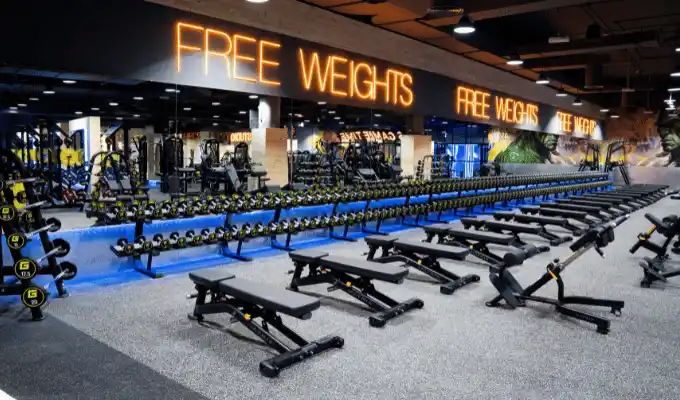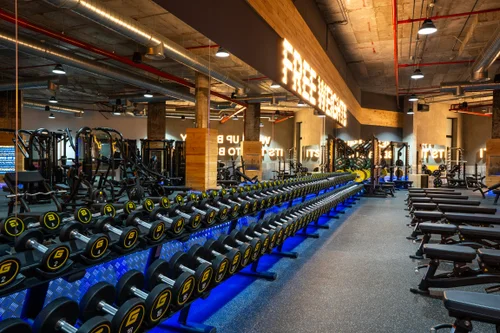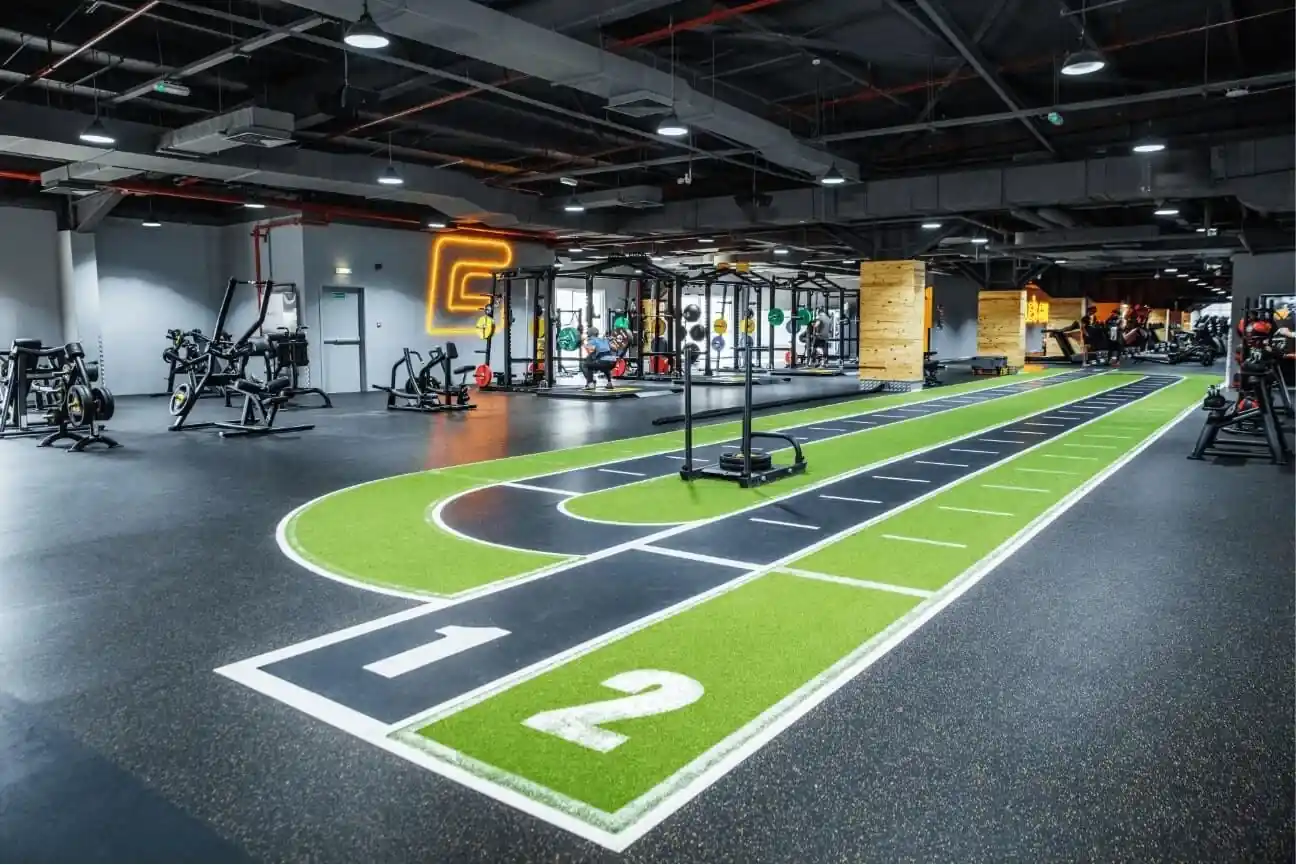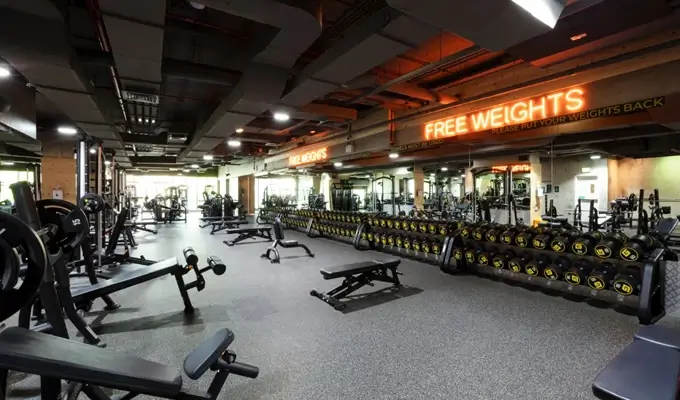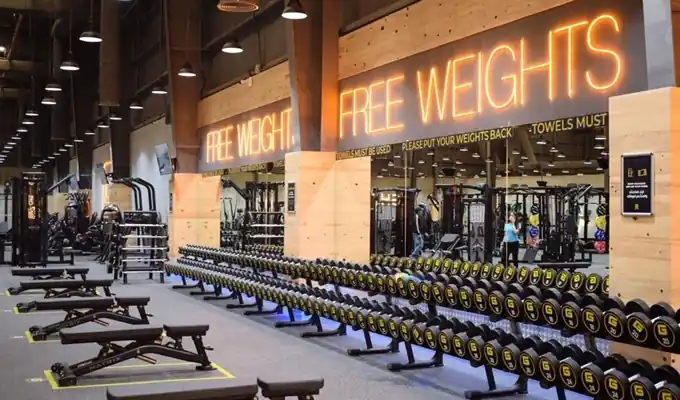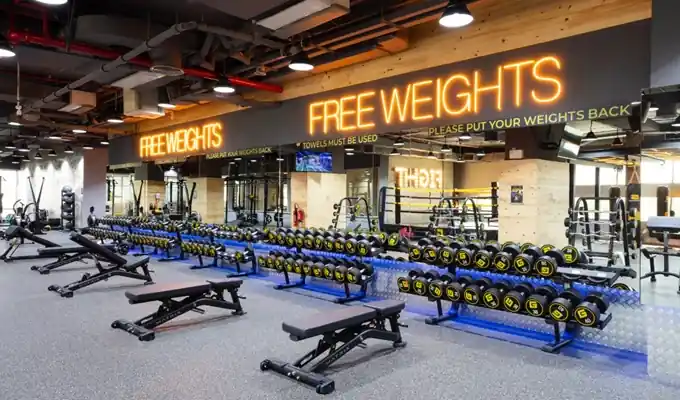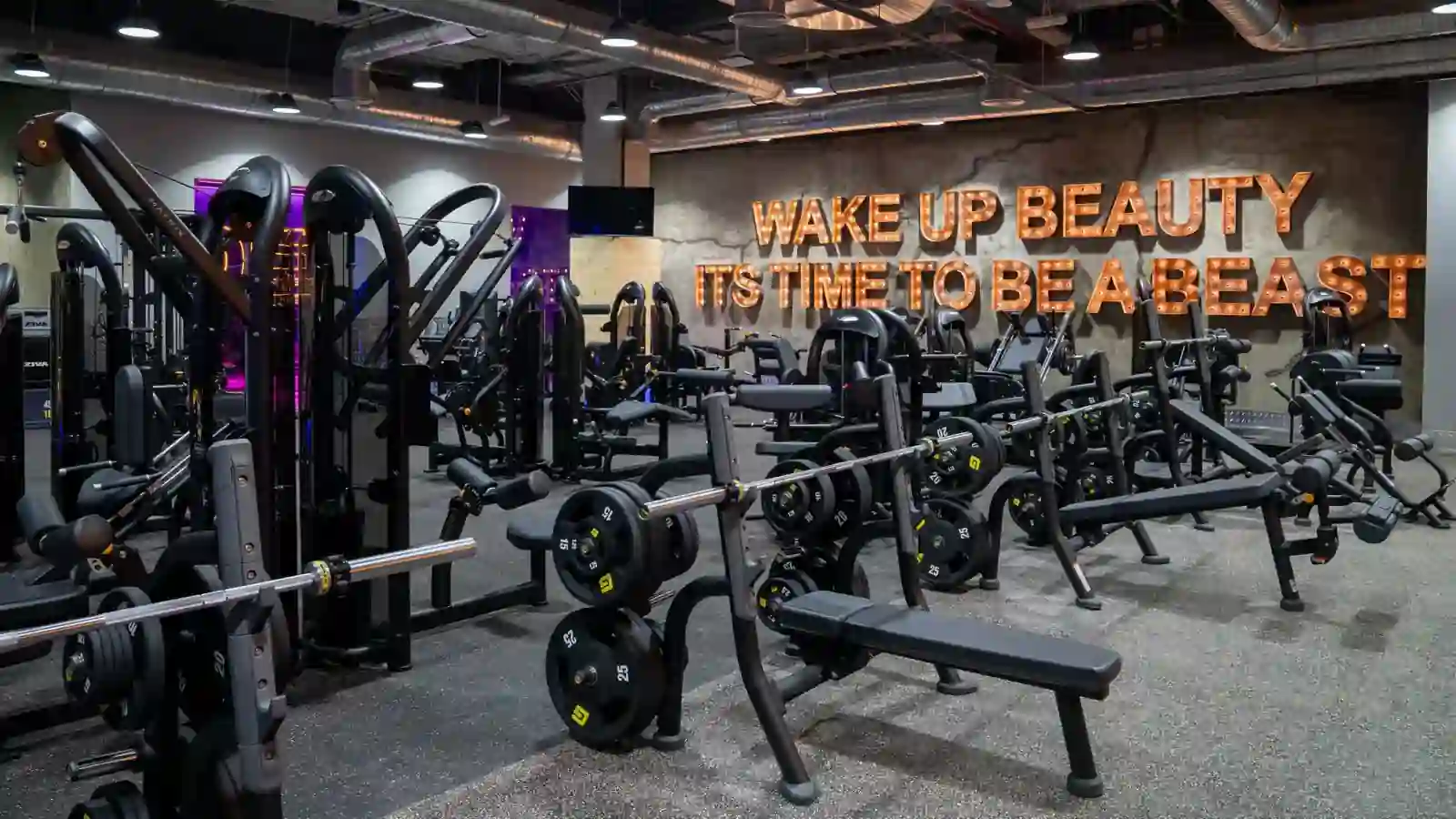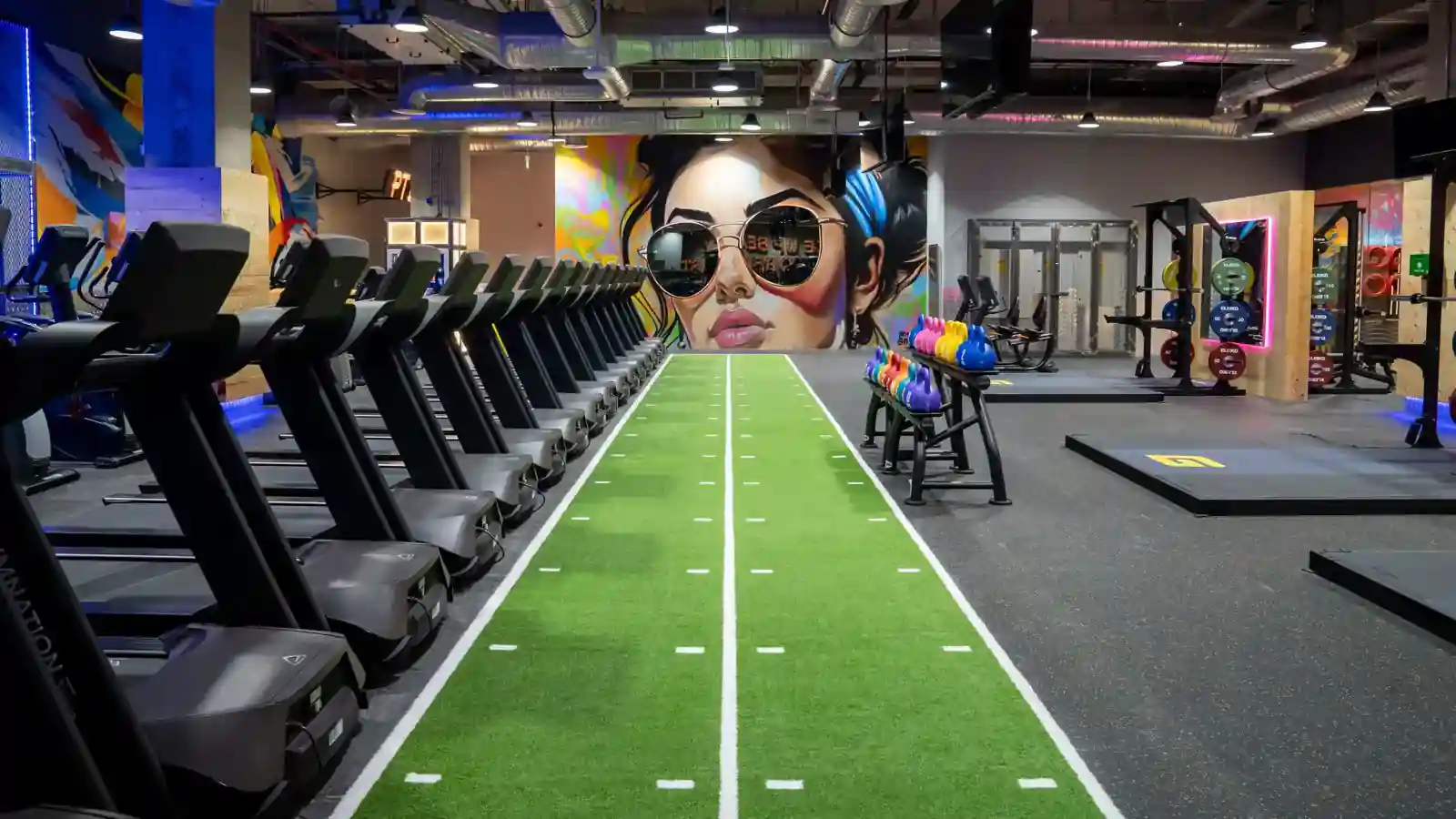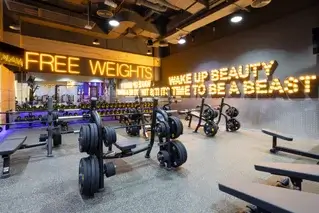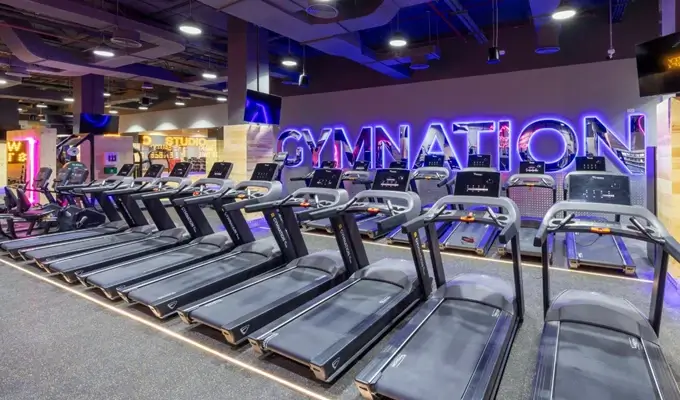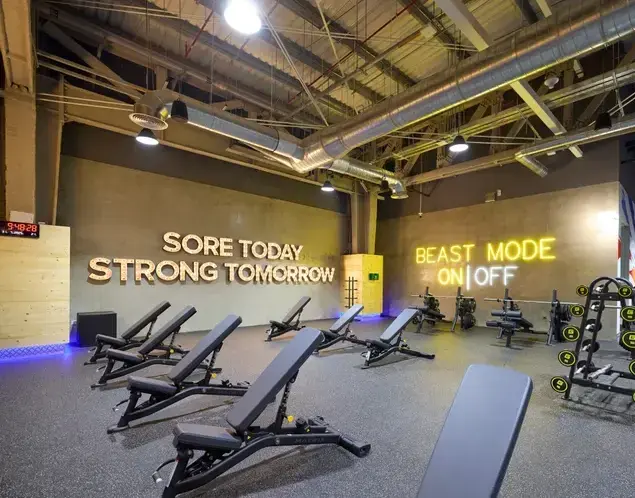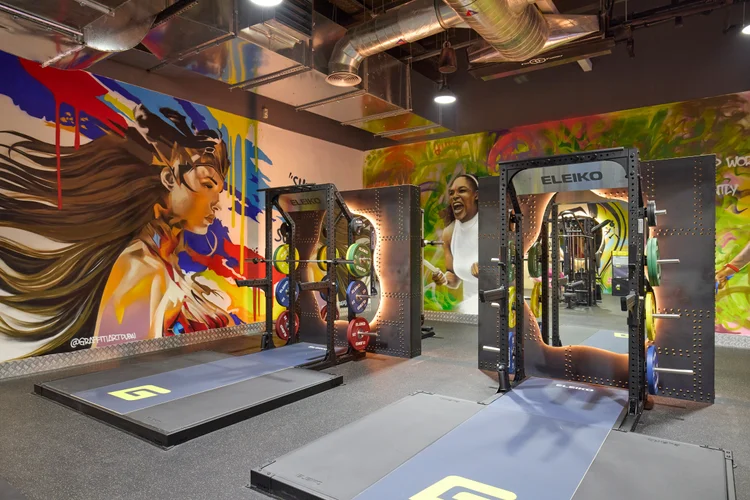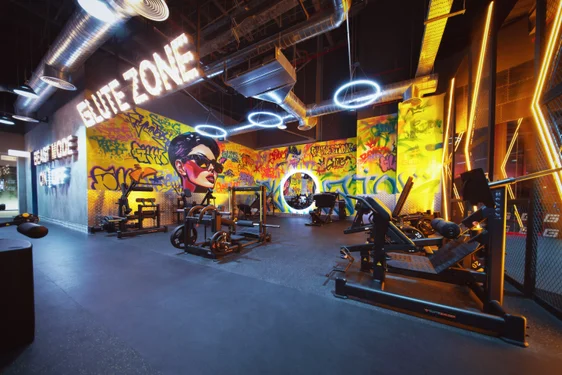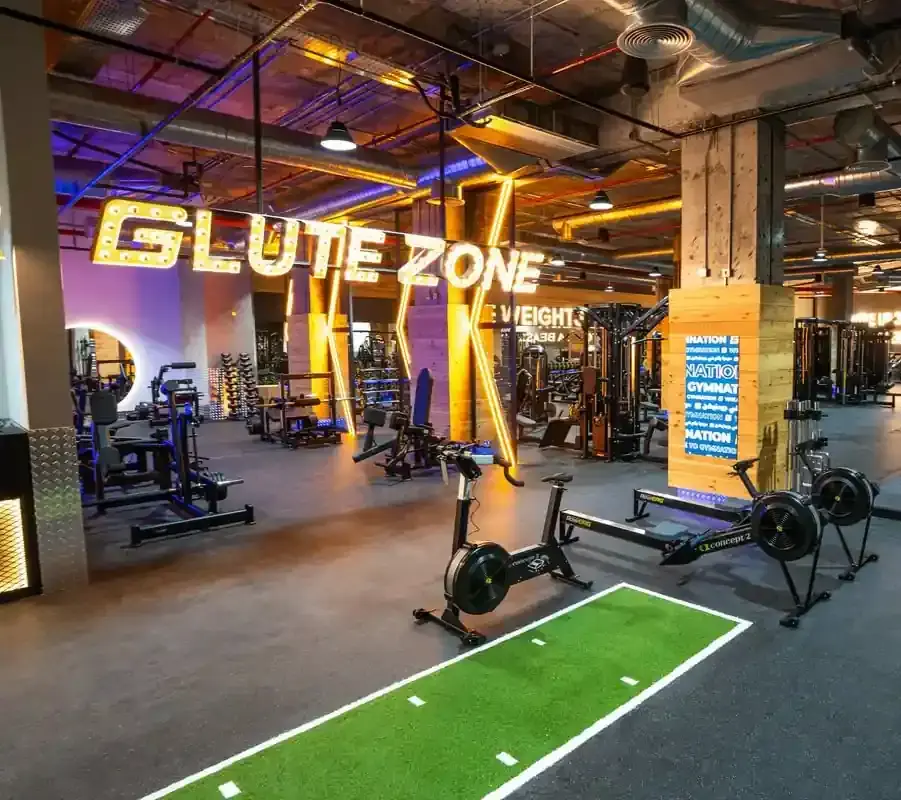Lengthened Partials and Muscle Growth
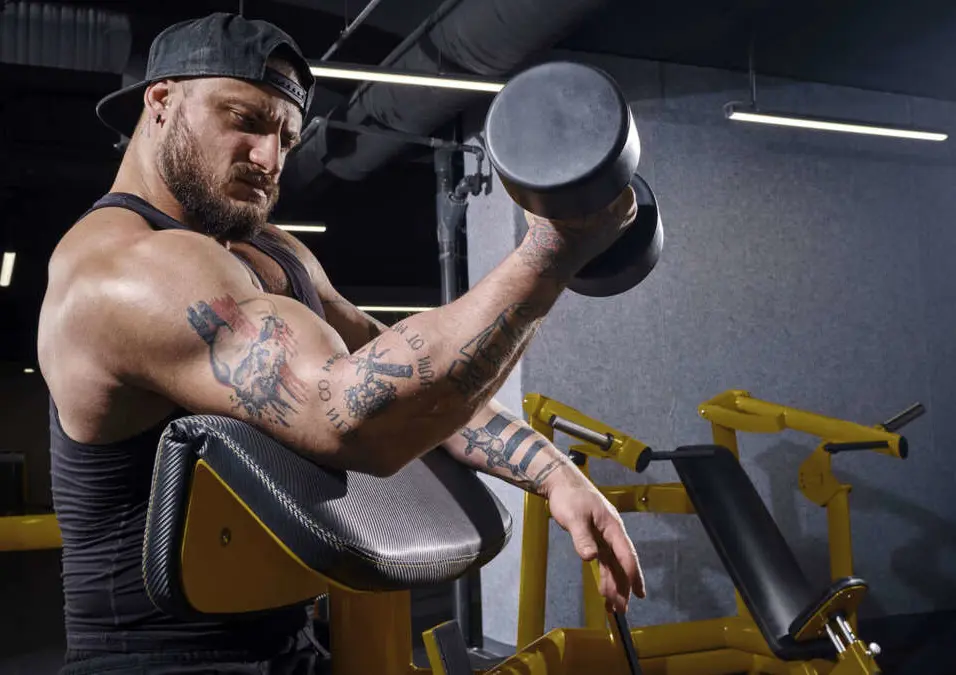
SIGN UP FOR YOUR FREE DAY PASS TODAY!
Recent research indicates that performing "lengthened partials" after reaching failure could boost muscle growth by up to 43.3%.
A new study investigates whether partial reps at longer muscle lengths post-failure are truly the best method for stimulating muscle growth.
While strength and conditioning research can often seem contradictory, each study adds to the overall understanding of fitness science.
Think of each study as contributing pieces to a larger puzzle, with some highlighting key details and others providing the broader context.
The Study
Recently pre-published on SportRχiv, the study compared two resistance training approaches to determine which better increases the medial gastrocnemius (the inner calf muscle) size in trained individuals.
The first group began their set with partial reps at a muscle's long length, while the second group performed full range-of-motion (ROM) reps until failure, then switched to post-failure partials. The researchers hypothesized that starting with lengthened partials would result in greater muscle development.
The Methods
The research included the following steps:
- Participants: 23 trained individuals.
- Training Regimen: Twice-weekly unilateral calf raises using a Smith machine over 8 weeks.
- Training Approach:
One leg performed initial partial reps, with the ankle flexed as much as possible followed by reaching only halfway up for each repetition.
The other leg performed full ROM reps. After reaching failure, participants completed additional partial reps at the stretched (lengthened) position. - Measurement: Ultrasound was used to measure the medial gastrocnemius muscle thickness before and after the trial.
"Lengthened partial reps," or long-length partials, focus on the range where the muscle is in its most stretched position (in this case, the bottom portion of the calf raise).
Ideally, these partial reps cover about 50% of the full ROM. Participants performed lengthened partials immediately in one leg and post-failure partials in the other.
The Results
Both groups experienced medium-to-large increases in muscle size, with initial partials showing a slightly better average increase.
However, these results are not statistically definitive, and further studies are necessary to validate this difference.
The Conclusion
The researchers noted, "While both methods led to noticeable increases in muscle thickness, training with initial partials appeared to produce slightly better hypertrophic gains.
However, the evidence is not conclusive, and further research is needed to confirm these findings and determine their broader application."
What Does This Mean?
Fitness science can feel contradictory at times. Previous research strongly supported post-failure partials for muscle growth, showing significant and reliable gains.
While this current study suggests a possible advantage for initial partials with trained participants, its findings are less definitive but still useful.
This latest study highlights that training at a lengthened position from the start might be slightly more effective, but both techniques clearly promote meaningful muscle growth.
Additionally, since this research was conducted with trained participants rather than beginners, it adds an important perspective to the body of evidence.
Final Thoughts
Both methods have their merits, and this study offers valuable insights into lengthened partial training.
It refines what we know about hypertrophy and sets the stage for further, more decisive research into effective muscle-building strategies.
Source: menshealth
The opinions shared in the GymNation blog articles are solely those of the respective authors and may not represent the perspectives of GymNation or any member of the GymNation team.
GET YOUR FREE TRIAL TODAY




















